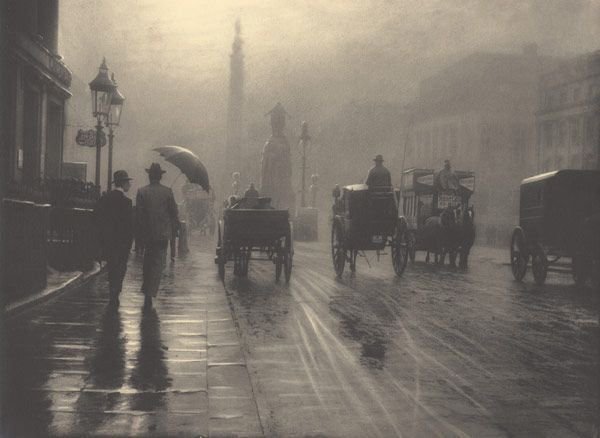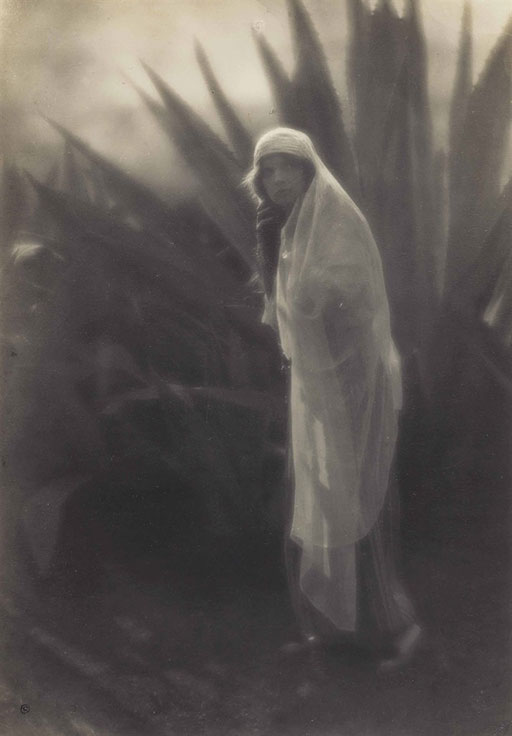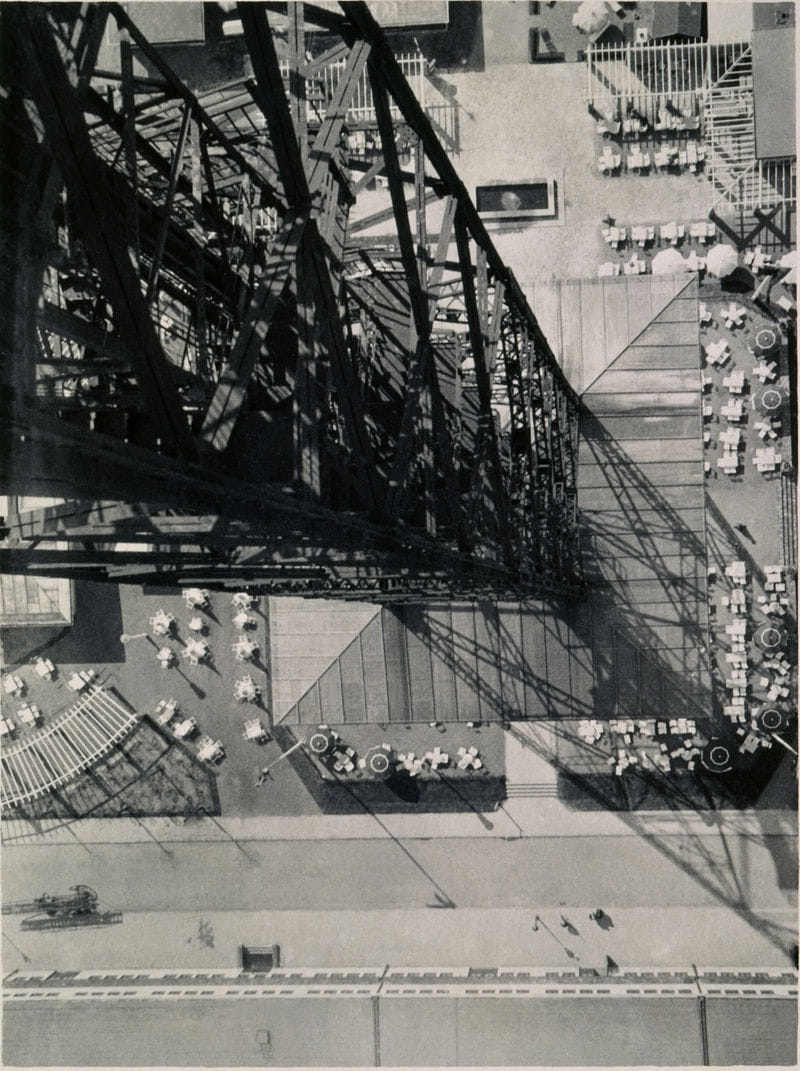PICTORIALISM
Time period:
Late 19th and early 20th Century (1880’s – 1920’s)
Key characteristics/ conventions:
Trying to make photography a handmade proccess. The idea was to make the photos look like art or painting. ‘Fixing an Image’.
Artists associated:
Peter Henry Emerson, Heinrich Kuhn, Hans Watcek, Hugo Henneberg,(Vienna Camera Club) Joseph Gale.
Key works:
Methods/ techniques/ processes: Vaseline on the lenses to make the image soft so it looks less like a photograph, scratching the negatives to look like brushstrokes.
REALISM / STRAIGHT PHOTOGRAPHY
Time period:
‘1910’s – 1940’s’
Key characteristics/ conventions:
Go back to the qualities of photography as it recreates accurate and sharp images. They wanted to take photos of what they actually saw. They took things the way they were and not manipulated in the darkroom. Trying to emphasise and focus on shape. The art came from the skill of the photographer
Artists associated:
Paul Strand transitioned into and pioneered straight photography. Walker Evans, Ansel Adams. Group f.64 – A group that were interested in capturing the amazing natural landscapes.
Key works:
Methods/ techniques/ processes:
Photographers interested in the genre of straight photography would use a very small aperture to get everything in focus. A group was formed called group f.64. This represents the smallest aperture a large format camera can go to on the lens. This became a trademark and a common feature of photographers like Paul Strand and Ansel Adams













